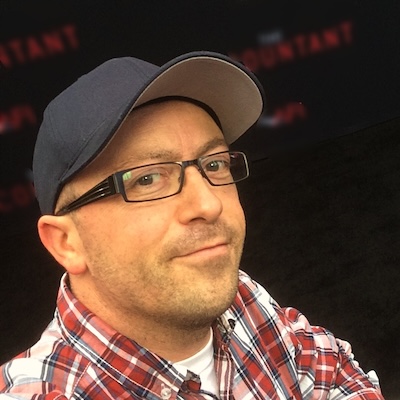How Director Nisha Ganatra Captured the Real Magic of LA for Lindsay Lohan & Jamie Lee Curtis in “Freakier Friday”
Freakier Friday director Nisha Ganatra is no stranger to showcasing Los Angeles in her work for both the big and small screen. Having helmed episodes of such iconic shows as Transparent, Welcome to Chippendales, and the 2020 feature The High Note, she has a knack for capturing the many faces of the city that is home to Hollywood.
This legacy sequel to the 2003 Disney classic Freaky Friday sees Jamie Lee Curtis and Lindsay Lohan reunite as mother-daughter duo Tess and Anna. Once again set in LA, 22 years after their initial body swap, Lohan’s Anna now has a daughter and is about to add a stepdaughter. As two families merge, something supernaturally familiar happens to the young women, and chaos and hilarity ensue.
Here, Ganatra explains why Freakier Friday needed to film in LA, the impact of the wildfires, and how they used particular lenses to capture the aesthetic of iconic teen movies.
Freakier Friday is set in and around LA and was filmed there. Why was that vital for you?
It was so important because it is an LA story. We got permission to shoot in LA, which is amazing, but it is a love letter to the city. LA is such a beautiful place, and I have never seen certain parts of it captured on film. We all see the car commercial with the ocean, or certain aspects of LA like the Beverly Hills palm trees, but it’s one of the only cities that I’ve lived in that has a mountain range running right through the middle of it. It’s beautiful. It has so much diversity, both in the people and places. It is urban versus nature. It was incredible to explore the city, but it then became a sad reality, as much of what we captured has disappeared due to the fires. I’m glad we got to film in Altadena, Pacific Palisades, and Malibu, but it’s heartbreaking that so much of that is gone.
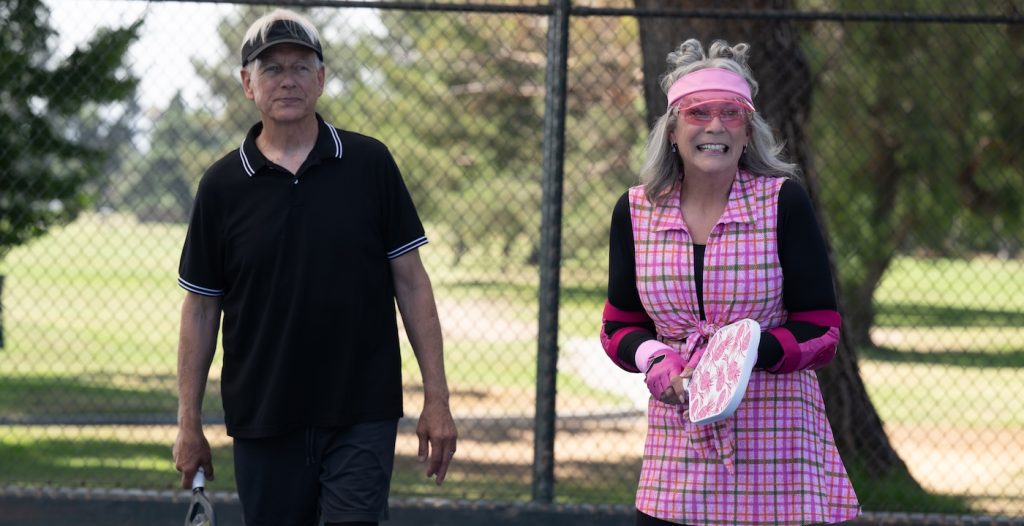
How much of what we see in the movie is no longer there?
Unfortunately, a lot of things. The pickleball court was at the Altadena Town and Country Club. The house itself, the Coleman house, is gone. All around the beaches, those shots of driving through Pacific Palisades, all of those neighborhoods are gone. They were devastated. Jamie did a really beautiful 60 Minutes segment about it, showed where the devastation was, and how we had it captured in the film. It has been heartbreaking.
You have shot a lot of TV shows and films in LA. As a city on film, LA is a character in its own right. How do you find the right version of her for each project?
That is so beautifully put. LA is her own character, and there are so many versions of LA, but I think for this movie, the right version was all of her. It was about showcasing the beauty, nature, from Downtown to the beaches. Whenever anybody in the movie has an emotional moment where they are reckoning with something, I wanted them to go to nature, so it was a lot of sitting on the beach, getting in the water, and also tumbling around, figuring out where you are in life and what’s going on with it. If you’ve grown up in LA, you’ve had moments where the waves have taken you, and you think, ‘This is it.’ Right when you think it’s over, it throws you to the top, and you get a breath of air, and you’re like, ‘Oh, I’ve got another chance to do this.’ This movie is like that tumbling. The camera tumbles when it’s coming away from Jamie, Lindsay, and the girls as they switch places, and it tumbles in the waves with them. The idea of switching and moving through life in a circle is one of the visual themes.
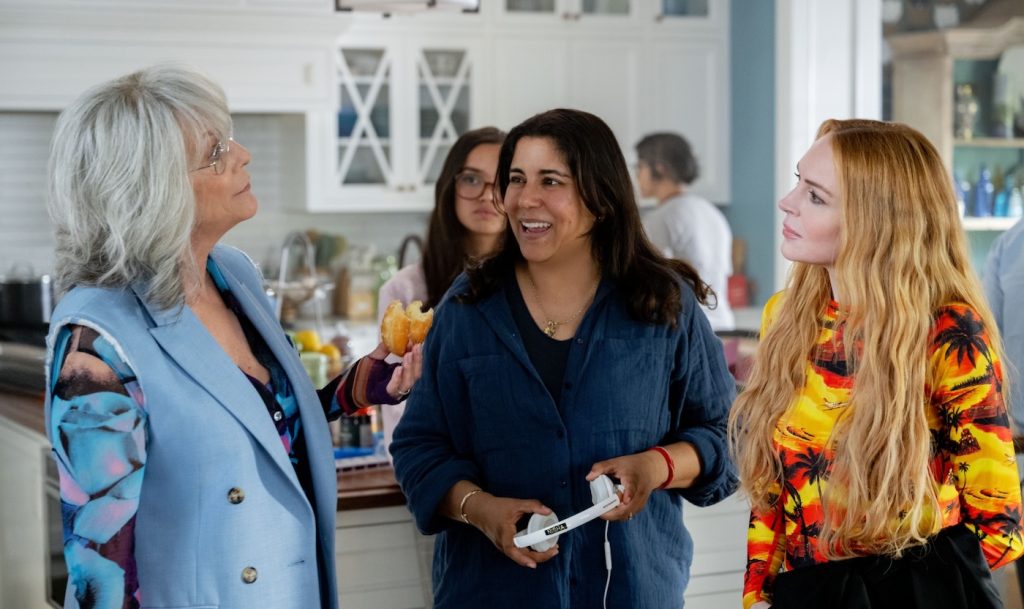
The visual tropes of LA, such as the Hollywood sign and places like the Hollywood Bowl, are given lip service, but you lean into locations that are iconic to LA locals. How and why did you pick those?
The Record Parlour on Selma Avenue is a great example. We did put a coffee shop in it because that’s my fantasy record store. I love that record store so much; all they’re missing is some coffee, so we can hang out and listen to stuff. It was a case of asking, ‘How do we find a cool place where Jake would work?’ I adore Amoeba Music in Hollywood too, but it is gigantic, whereas The Record Parlour is cool and intimate. We pretended it was Downtown, so apologies for that. It was inspired by the first film, when they did the 18th Street Coffee Shop. They shot that whole movie on the Westside, and I think in proximity to Jamie Lee Curtis’s house, but for this one, she was game to travel a little bit. Because of that, we went and found all the LA spots where everybody loves hanging out, and that you usually don’t get to see a movie. It was pretty inspiring.
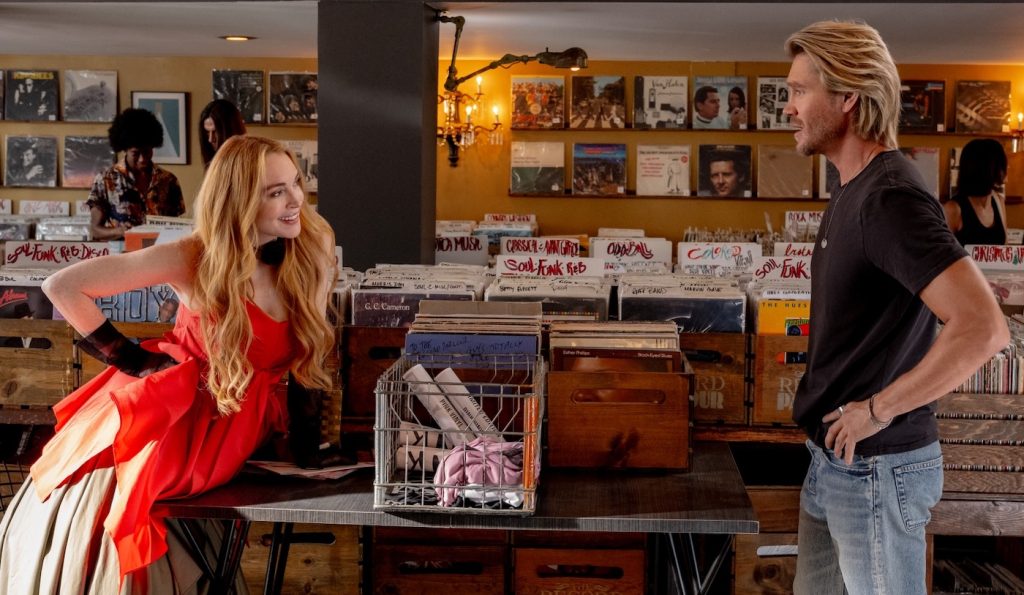
There was also a lot of filming in Koreatown, notably at The Line LA hotel, where the engagement party is held, and Eric’s restaurant. You renamed their rooftop restaurant, Openaire. Were most locations good to go or do you need to do much set building?
When it comes to the sets themselves, you spend a lot of time picking them carefully. The Line LA is a very music-centric hotel. Whenever you have to meet with someone in the music industry who wants to have a career in acting, that meeting, for me, has always been at The Line LA. Break Room 86 is also there, but it was the hardest location to find and took the longest. We were asking, ‘Where would Anna have her bachelorette party? What has enough magical elements to it that a switch would happen there?’ We found that near the end.
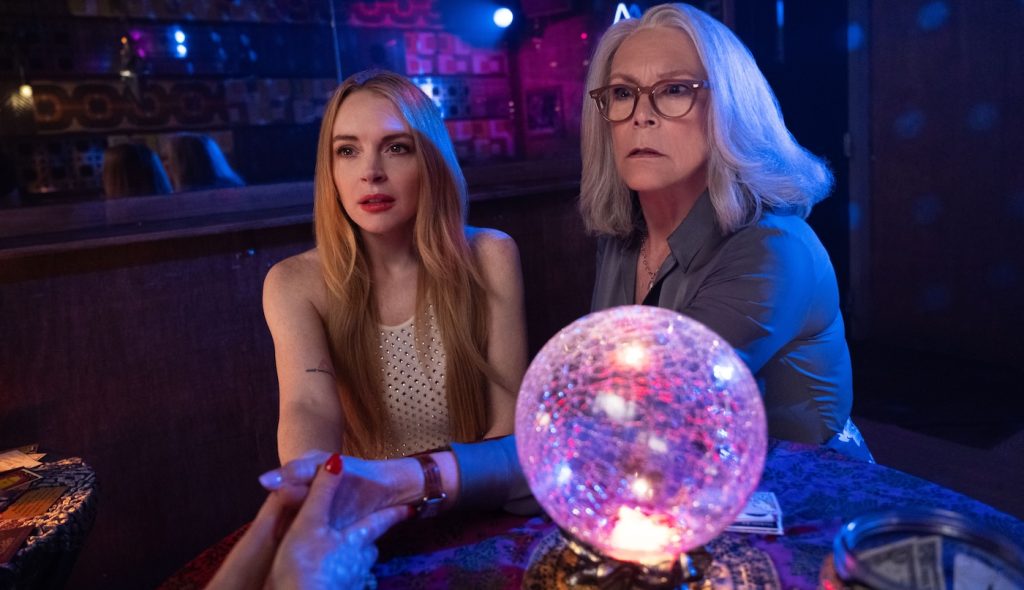
Many crew members and creatives in LA have been out of work. Did you have the pick of the crop?
It sounds awful to think, ‘How did it benefit me?’ but it did. The thing you get in LA and New York that you don’t get elsewhere is that the talent lives here. It’s a lot easier to say, ‘Will you come play with us for a day?’ when it is somebody who is driving from home, and they get to go home at the end of the day. There are so many people here, so many artists in the city. We got the best crew. It benefited us in terms of light and the beauty of LA, and how we could capture that. It also helped in terms of the music. We have a full concert in the movie, and we have the best band, technicians, and lighting crews at The Wiltern. It’s an incredible venue. The locations and the look added to the authenticity of this being an LA story. We also got to film in real recording studios that bands have been in. Everything about it feels more real.
You touched on the light in LA. The palette and the color of Freakier Friday feel very contemporary but also very similar to the original movie.
A lot of that is the natural California light, but Ferris Bueller’s Day Off informed the lensing we picked, and a lot of the films from the 80s, 90s, and early 2000s. We even went with the 1.85:1 aspect ratio because I wanted it to feel like the classic studio films that we grew up with. There’s a little more grain in the lenses, so you feel like it’s new and nostalgic all at the same time. I hope it’s not super obvious to audiences, but just a feeling you get.
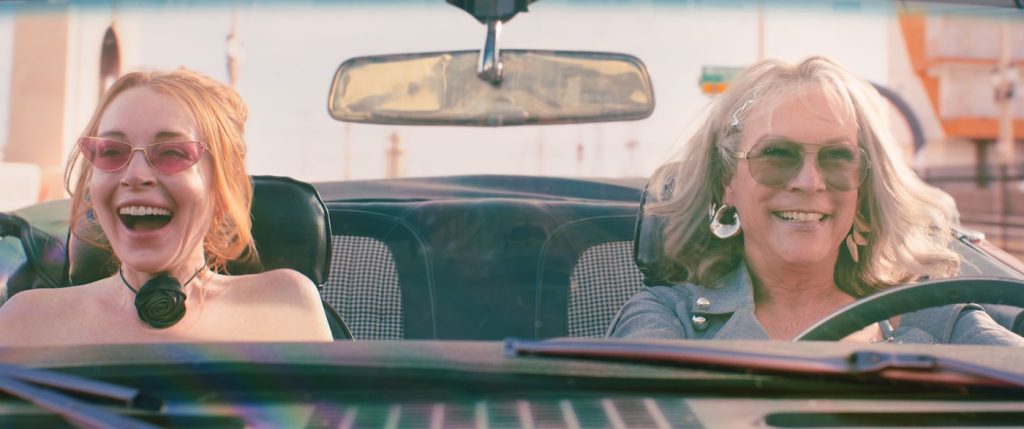
Freakier Friday is in theaters now 2025.
Featured image: (L-R) Jamie Lee Curtis, Nisha Ganatra and Lindsay Lohan behind the scenes of Disney’s FREAKIER FRIDAY. Photo by Glen Wilson. © 2025 Disney Enterprises, Inc. All Rights Reserved.

